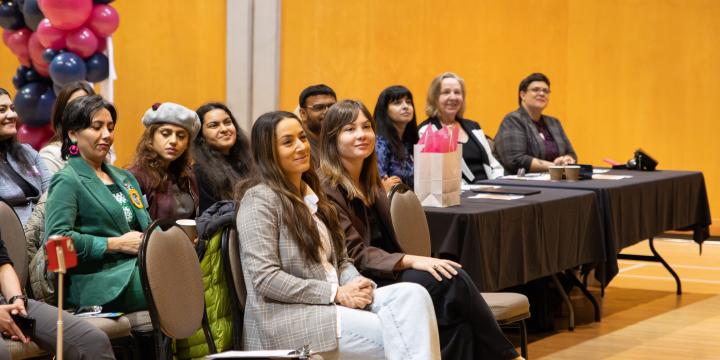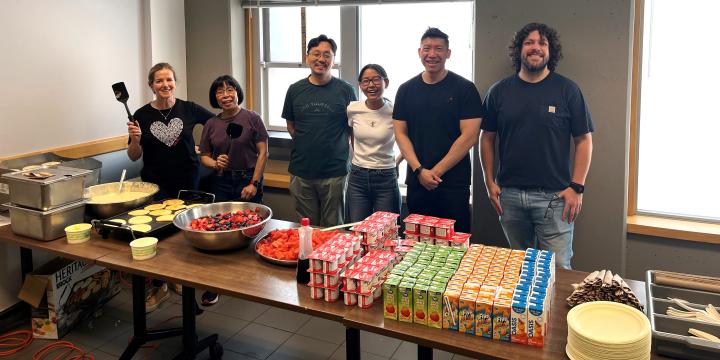
Black History Month: Celebrating Black History Today and Every Day
Black History Month is a time to reflect on the history and teachings of Black Canadians and to focus on the progress, richness and diversity of Black Canadian achievements.
The Origins of Black History Month
1926
The origins of Black History Month date back to 1926 when Dr. Carter G. Woodson first promoted “Negro History Week”. He chose February to pay homage to Frederick Douglass and Abraham Lincoln who were great allies, advocates and supporters of the black community and both had their birthdays that month.
1970 - 1976
As the word spread, the “Negro History Week” celebration/acknowledgment grew to what became African-American History month, first observed by students and faculty at Kent State University in 1970.
At the hands of President Gerald Ford, the month-long celebration became nationally recognized by the U.S. in 1976.
1995 - 2011
Canada followed suit nearly 20 years later in 1995 after Jean Augustine, the first Black woman to become a member of parliament, made a motion to recognize February as Black History Month.
Other local governments have followed, and Vancouver City Council passed a motion in 2011, designating Black History Month one of its official celebrations.
2022
Canada’s theme for Black History Month is: February and Forever: Celebrating Black History today and every day.
Black History in Vancouver
Black Strathcona
Black Strathcona documents the history of Vancouver’s first and only Black neighborhood, from the early 1900s to the late 1960s. It also shares stories of some of the people and places that made it so special.
As written on the Black Strathcona website, the neighborhood thrived through the early 1900s, before City development forced eviction from the area:
“By the 1920s, the black community had purchased a church, started businesses and established a neighborhood where they could raise their families. At its height in 1940s, the black population in Strathcona was approximately 800.
“Over the years, blacks endured efforts by the city to rezone Strathcona making it difficult to obtain mortgages or make home improvements, and by newspaper articles portraying parts of the neighborhood, such as Hogan’s Alley, as dens of squalor, immorality and crime.
“In the late 1960s, a freeway was planned that would run through Hogan’s Alley and Chinatown. The freeway was ultimately stopped, but construction of the first phase – the Georgia viaduct – was completed in 1971. In the process, the western end of Hogan’s Alley was expropriated and several blocks of houses were demolished.
“While a few blacks continued to live in Strathcona, by 1990 there was little left to indicate that there had ever been a black community there. Today, Greater Vancouver has a population of over 20,000 blacks who occupy the city at large, and hold no substantive claim to the old east side neighborhood.
“But for six decades, the black community in Strathcona thrived – producing world-class athletes, musicians, entertainers, restaurant and nightclubs owners, entrepreneurs, community builders and political activists.”
Victoria / Vancouver Island
As documented by Black Strathcona, the first black immigrants arrived in British Columbia from California in 1858. They settled in Victoria and on Salt Spring Island, but as the center of economic power shifted, some came to Vancouver in the early 1900s.
Mifflin Wistar Gibbs was one of many Black immigrants to settle in Victoria. After arriving in 1858, he went on to become the defacto leader of the Vancouver Island Black Community. He was a successful businessman and in 1866, became the first Black person elected to public office as a Victoria City Councillor, representing the James Bay District.
This blog was put together by YWCA Metro Vancouver’s Racial Equity Committee.
Hero photo by Askar Abayev.

